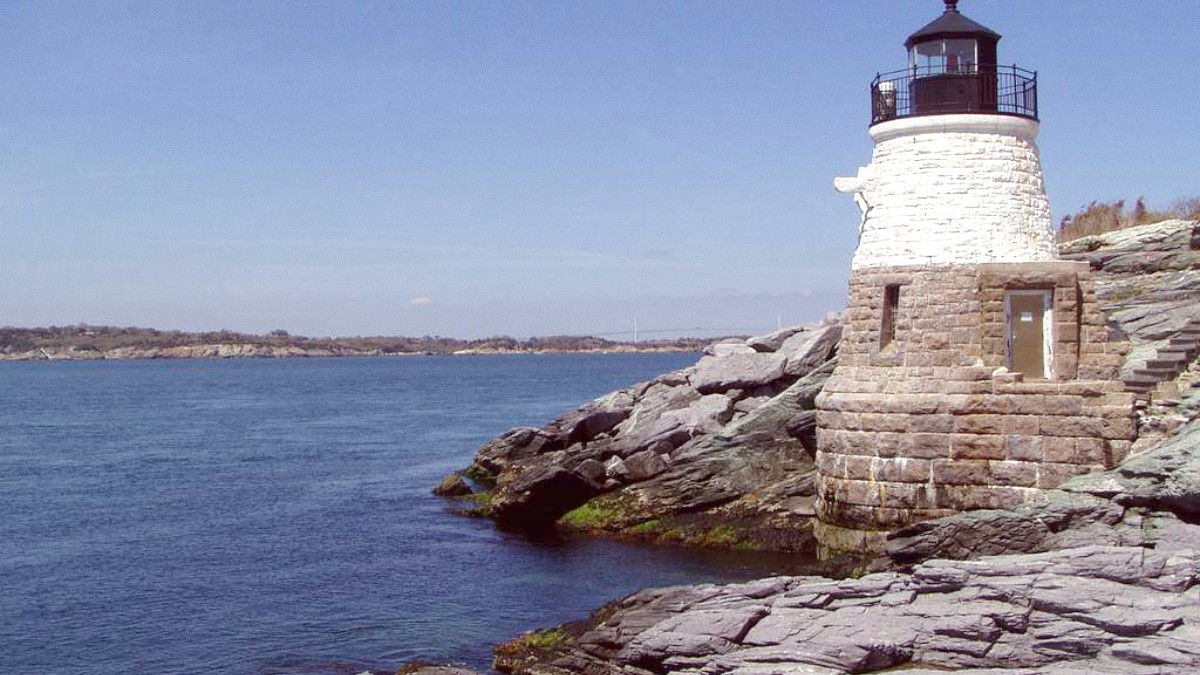
Rhode Island, USA
Newport, a city of islands, harbors, and elegant estates, welcomes exploration of its many facets. Walk along the famed Cliff Walk, where panoramic ocean vistas unfold alongside the magnificent backyards of Gilded Age mansions. Stroll through downtown, where boutique shops, acclaimed restaurants, and lively pubs line historic Thames Street, reflecting the city’s enduring maritime spirit.
Whether architectural marvels, the thrill of sailing, peaceful coastal walks, or a lively culinary scene captures your interest, Newport delivers. This guide will help you uncover the layers of this special place, offering insights and practical information to make your visit seamless and memorable.
Prepare to be enchanted by Newport's unique blend of old-world elegance and seaside adventure. Every corner presents a new discovery, a new view, or a new piece of history to consider.
Newport occupies a prime location on Aquidneck Island in Narragansett Bay, a large inlet of the Atlantic Ocean. This positioning shapes the city's distinctive coastal character, influencing its economy, culture, and natural landscape. The city’s geography defines it, impacting everything from its weather patterns to its recreational opportunities.
Aquidneck Island, the largest island in Narragansett Bay, includes Newport and the towns of Middletown and Portsmouth. Bridges connect Aquidneck Island to the mainland. The Newport Pell Bridge, a striking suspension bridge, links Newport to Jamestown on Conanicut Island and then onwards to the mainland via Route 138. To the north, Route 24 and Route 114 connect Aquidneck Island to Bristol and other points in mainland Rhode Island. These connections make Newport readily accessible by car from major East Coast cities.
Rugged, rocky cliffs along the eastern edge, famed for the Cliff Walk, offer breathtaking Atlantic Ocean views.
Facing the sheltered Narragansett Bay, it hosts calm harbors ideal for sailing, boating, and fishing.
Gently rolling hills in the Bellevue Avenue area provide elevated views for Gilded Age mansions.
Near sea level around Thames Street, it contains historic wharves but faces coastal flooding risk during severe storms.
A blend of open ocean, sheltered bay, and varied terrain offers a rich environment for exploration and recreation.
The protected harbor became a magnet for maritime trade and naval operations throughout history, a role it maintains today. Newport's topography features gently rolling hills, specifically apparent in the Bellevue Avenue area where the mansions sit on elevated grounds overlooking the bay.
This elevation allowed wealthy industrialists of the Gilded Age commanding views for their summer retreats. The downtown area, centered around Thames Street and the historic wharves, rests closer to sea level.
The mix of open ocean, sheltered bay, and varied terrain creates a rich environment for exploration and recreation.
This unique blend of land and sea distinguishes Newport's allure and character.
Newport, Rhode Island, is a city steeped in history. From its founding as a haven for religious freedom to its flourishing as a colonial trade center, and later its transformation into a gilded retreat, the city offers a living history lesson.
The city's beginnings trace back to 1639, when English settlers, pursuing religious liberty from Massachusetts Bay Colony, established the community. This commitment to freedom fostered a remarkably tolerant environment, drawing diverse groups including Quakers, Baptists, and the first Jewish community in North America, evidenced by the iconic Touro Synagogue, the oldest synagogue in the United States. This spirit of openness made Newport a melting pot of ideas and cultures, contributing to its early prosperity.
Founded in 1639 by settlers seeking religious liberty, Newport fostered a tolerant environment.
By the 18th century, it was one of America's five busiest ports, thriving on maritime trade.
Transformed into a summer resort for industrial titans, building extravagant "cottages."
The American Revolution brought significant disruption, with British occupation severely impacting Newport's economy and population. However, the city gradually recovered, eventually finding a new identity in the mid-19th century. Wealthy Southern planters discovered Newport's cool ocean breezes and scenic beauty, establishing it as a summer resort.
Opulent summer homes like The Breakers showcase architectural extravagance and artistic craftsmanship.
Deep-water harbor attracts sailors, with options for harbor cruises or schooner excursions.
Cliff Walk and Ocean Drive provide stunning coastal views and outdoor activities.
Explore opulent mansions and colonial architecture that speak to Newport's storied past.
Engage in sailing, enjoy beaches, and walk scenic coastal paths with ocean breezes.
Savor fresh seafood and local specialties in a dining scene.